“10 Things” is a post of lists, things to keep in mind as you go along. This is a series I’ve begun, based on years of painting experience and research into origins of talent, and how the brain learns. Things about drawing, painting, learning, talent, building a portfolio, working in the business, etc.
There are parallels to all forms of creating. Painting is similar to writing, acting, playing an instrument. Even scientific endeavors follow paths which are similar to all idea creation. Yet, like everything else about being an artist, these things are not set in stone. Staying flexible and thinking against the norm are hallmarks for the painter, but it won’t be easy.
Challenge is the key element. This first list is based on how to keep yourself moving along, and learning.
_____________________________________________________________________
1. Draw Now. Think Next.
Ideas without followthrough are useless. Conceptual art without skill is nothing. Ideas are cheap. One doesn’t get better at ideas by thinking better thoughts. You must train to learn how to create them, what to do with them. Train yourself to search for the good ones, to generate good ones from practice.
Draw. Draw your fool head off, but draw. Draw first. Think about it next. Contrary to so-called avant guard thinking, drawing doesn’t create answers, it creates more ideas.
2. Learn to be authentic.
No one is quite like you anyway. Forget about being original. “Oh, it’s so original!” Bah. You already are. Take the higher road, and learn to be authentic.
You are already connected. What you have to say is important because we all want to know. Learn to discern, of course, what is important from what is frivolous. It is all stowed inside, as you’ve been working on it already for a long time. You won’t find your style. If you are authentic to who you are, your style finds you.
3. Build luck and use it.
When preparation meets opportunity, it’s called luck. Create your own luck by being prepared to see it when it’s about to happen. Don’t wait for it. You won’t see it if you don’t know what to look for. Luck happens when you are ready for it, and you are ready for it when you’re prepared: training.
4. All painting is re-painting.
Do it again. Drawing it once is never enough. Painting it once isn’t either. Do it over and over, focusing on improvement each time. Got a favorite part of a painting? Learn to paint it out. Learn to paint over it. Do not try to save those good mistakes. Paint them again and this time shoot to get it right…under your control. Nobody is an expert by doing something good once.
5. Create momentum.
Finished one good piece? Great. I’m happy for you, but that’s not momentum. When one painting is done, move into the next as soon as possible. Repetition is key to keeping momentum, and momentum is key to gaining successful training. Repeat your successes.
6. Keep finishing.
Stop quitting. Finish the stupid thing already, so you can move into the next one. Do not allow failure to dictate your progress. You must push against that. Fail and fail again. You will push through that failure and keep moving. But learn from it as you do.
“Ever tried. Ever failed. No matter. Try Again. Fail again. Fail better. –Samuel Beckett
7. Seek advice.
Everyone has an opinion, especially about your work. It’s rather easy to recognize the parts of someone else’s work that are problematic. Finding your own? Tough as nails. When someone tells you what’s off about your work, they are usually correct. When they tell you how to repair it, they are nearly always incorrect.
8. Take criticism well.
Which leads me to criticism: learn to take it, and use it well. Do not take it personally, but try to decipher what it is they are coaching you about. You can use that stuff, man. Grow some thick skin. Unless they’re a jerk, there are golden nuggets of wisdom in there. And remember: it’s meant for you, and you are the only one that can use it.
9. Work for good habits.
Training as a painter is like training as an athlete, musician, pilot. Learning a language lights up many of the same parts of your brain as learning to draw a hand. It is now an indisputable fact that the brain is plastic, even into old age.
To your last breath, the brain wants to learn and will do everything it can to get the advantage. It builds nerve fibers to speed up learning. It strengthens the nerves to send signals faster, for efficiency. Trick is, you want to build that stuff for good uses. The brain is just as happy to build strong nerves to reinforce bad habits.
10. Draw through, not around.
Years ago, I was ok at drawing, but I needed to get better. Here’s the problem: I wanted to be the kind of good that when I looked at my own work, I actually liked it. I had to do this, otherwise, I wasn’t about to spend all those years to come away feeling awkward about my attempts. And then quit. No way.
The absolute, drop-to-your-knees, scary part of it was that I realized very quickly that it was going to take training. That every time I drew, I had to get it as right as I could at that very moment. And that was going to take time, effort, and learning to feel a sense of progress, even when it wasn’t working in the least. I was going to have to push through that crap.
The only way to get to that stage is to hunker down, and hone in. The way around is through. Do not look for the shortcuts until later. Train yourself through it, dammit.
The goal doesn’t dwell on the applause– it focuses on the skill.


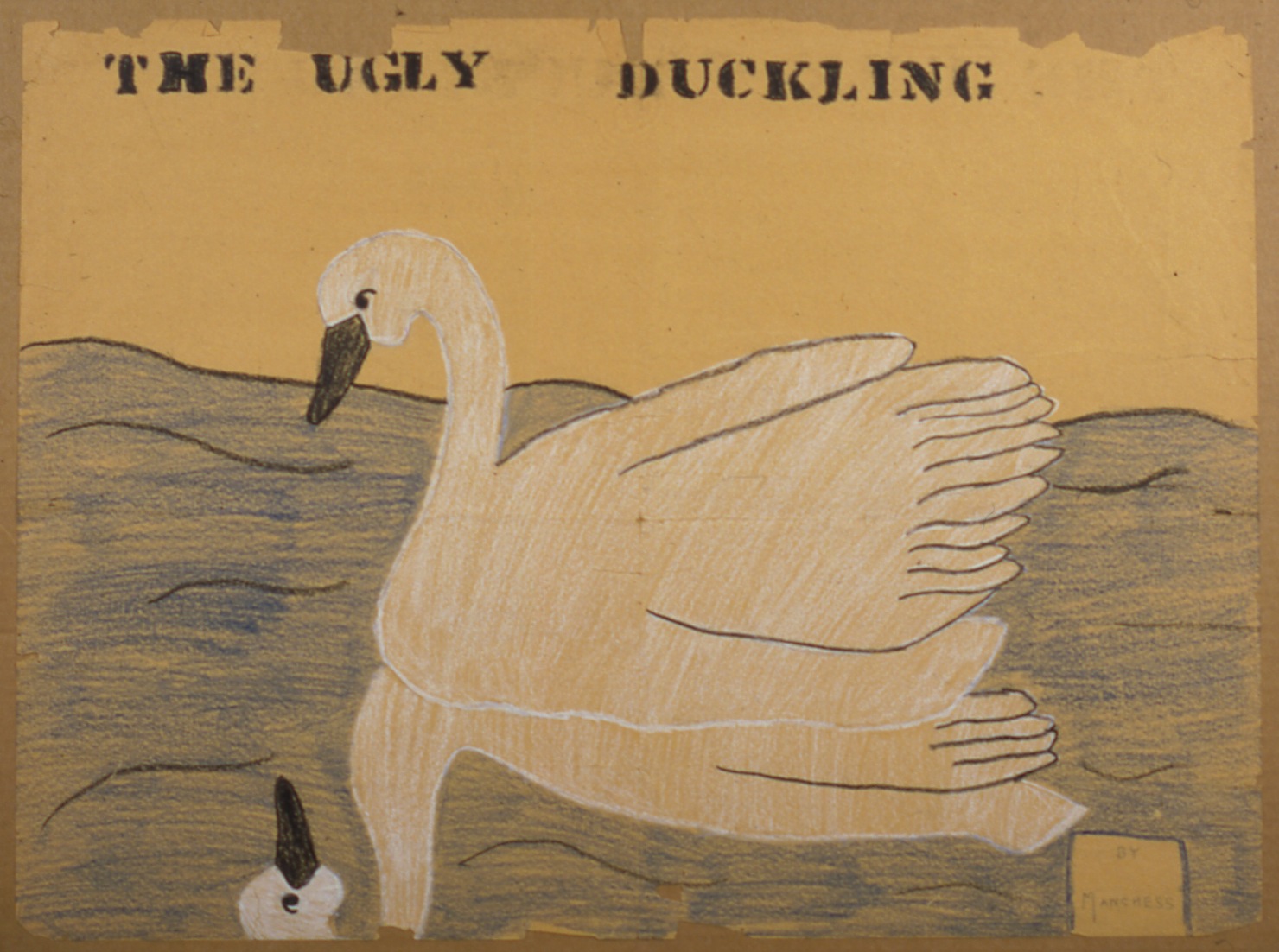
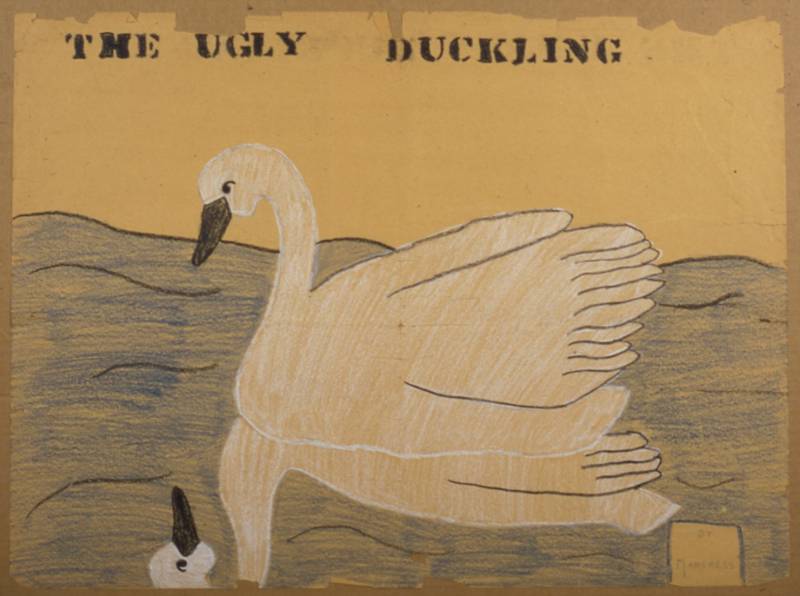
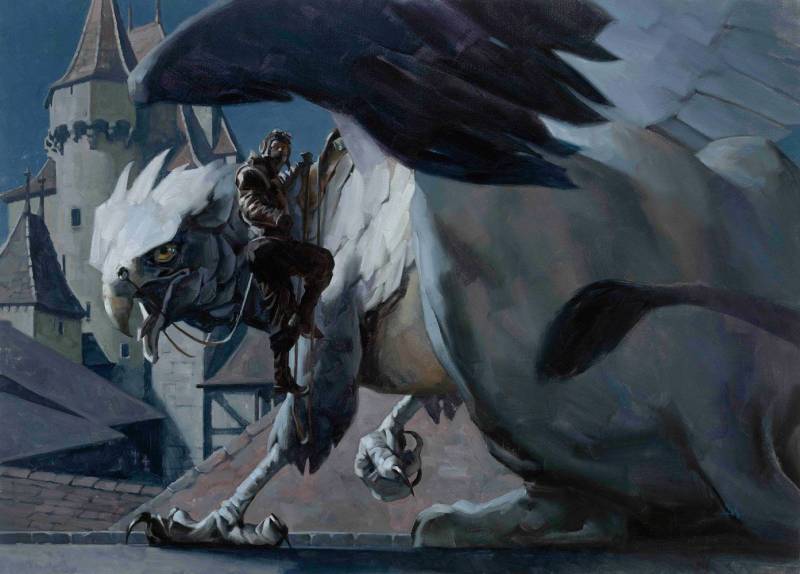
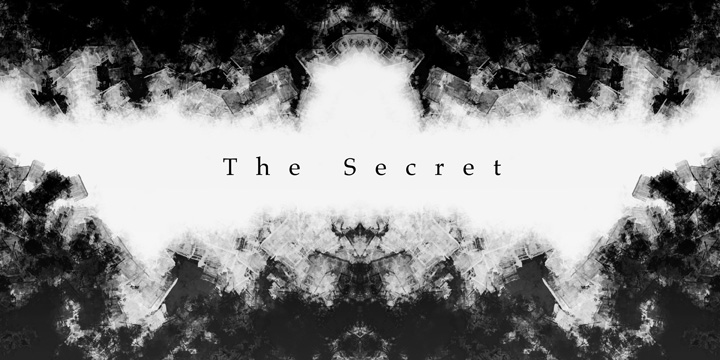
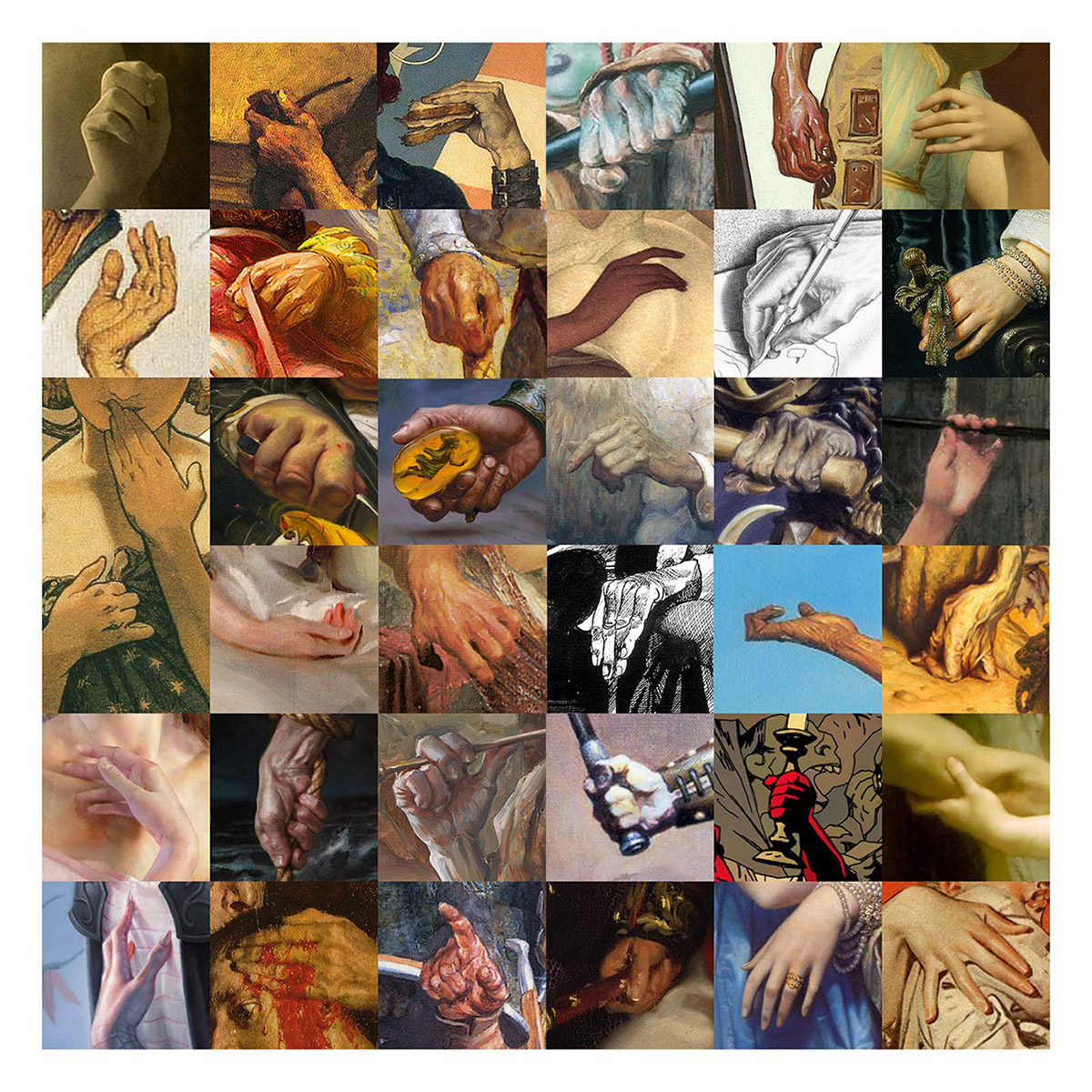
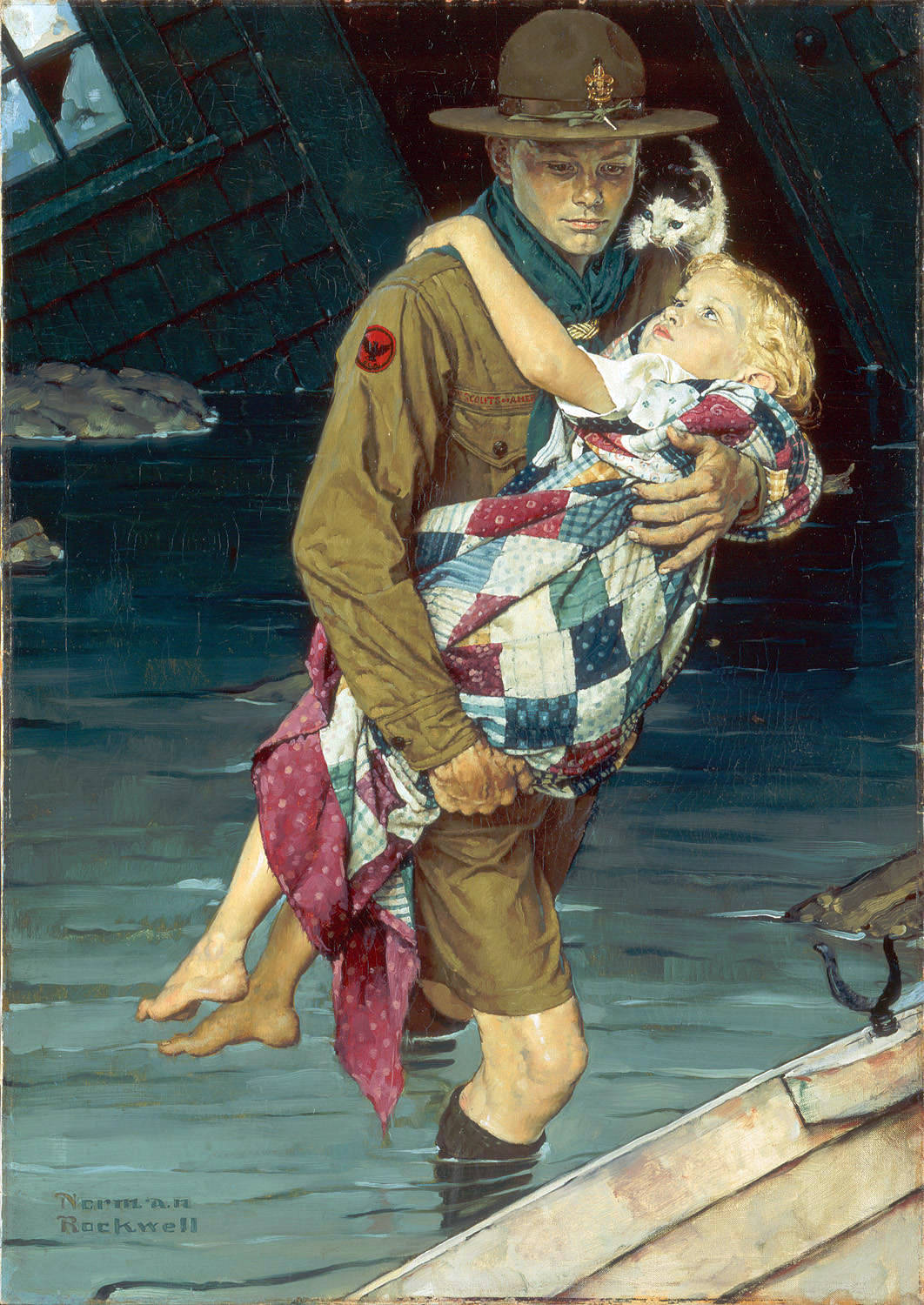


What!!? Nothing about overlapping?
All kidding aside, these are worth preserving in my “art treasures” file. Thanks, Greg.
excellent advice. whether it's new to the reader, or a reminder/refresher. i think it's easy, with age and experience, to stop thinking so much about what we're doing. and that can be as bad as being new and not knowing any better in the first place.
“The goal doesn't dwell on the applause– it focuses on the skill.”
Damn well put. Imma keep that in mind for sure.
Thank you, thank you, thank you for posting this.
And….Amen to that. Thanks so much for those golden nuggets themselves and also for being to down-to-earth about it. No fluff, all meat. You are so awesome, talented, a true favorite and truly inspiring. 😀
I agree on all of these points. However, number 7, seek advice, I think have exceptions.
Remember, people love to have opinions. Apparently I'm no different.
However, lets say that you are an artist that have reached a certain stage of good skills, and you have a complicated painting of a high number of figures that you choose to post online for some input. If 10 people leave you a feedback, it is in theory possible and maybe even not that unlikely that you get 10 very different advices. Some of them would be contradicting each other.
I've seen situations like that countless times when great established artists have posted their work.
In the end you just have to trust your intuition on your next move.
If you can, my advice would be to mostly seek advice from people that you admire. It has nothing to do about elitism, and it is far from only related to art, but to most businesses in life. That does not mean you should just close the curtains on all other advice of course.
In this documentary about Steve Jobs, called The secret of life. He talks about that one of the smartest things you can do, is to ask the more skilled people for help. It is amazing how often these people actually will give you feedback if they see potential in you.
The wiser words I've ever read. this 10 advices are the essence for everything.Thank you very much.
Thanks Greg! A nice boost to take me into a day of teaching.
Greg, thank you for my daily dose of kick-in-the-pants that you have delivered here. Well said.
My achilles heals… 1) thinking and 2) Finishing
If I could get past those I'd probably be a lot more productive…
Sometimes I get stymied by research or wondering to much about what I'm trying to paint? How it works? Can it work? Who are they? What are they doing? [I think this falls under item 1]
And then I think the hardest part is still not understanding and having confidence in taking my vision from my brain to the brush and on to the paper… I've become very adept at circling the painting from every angle before plopping a dot of paint down… then things flow for a little, until I lose confidence and don't understand how to place that next dot of paint.
“…Finish the stupid thing already…” is a common echo in the back of my noggin…
Thanks for sharing your experience,
Mike
Merci beaucoup, dear Greg! Very inspirational, once in a while everybody needs reminding of these truths.
Seeking advice does not meant using it. I have seen over and over students doing the right thing by seeking as much advice as possible but blowing with every gust of opinionated wind. Learn to distill advice.
Sorry for putting in my two cents.
I'm going to print this and put it up at school. ow much should I pay you?
Thanks Greg!!! I am posting this on my drawing board so I don't forget! Thanks too, for your presentation at BSU. For me it was profound. Melody
If this isn't one of the best posts on Muddy Colors EVER, then I don't know what this is. This is as good for art as this can be for LIFE man!
Seriously great post Greg. And I agree 100% percent of it! Extremely inspiring. This is one to share with my other artist friends. Thanks!
I remember reading something Stephen King wrote about writing, to paraphrase…if one person says something isn't working, it's an opinion, if three people say it, it's a problem and needs to be fixed.
If you're not working on a book on this subject Greg you need to be. Please. Working title “Talent is TOTAL CRAP!” 🙂
Thank You, Greg. Totally inspirational. A couple hit home hard, or reminded me of moments in my own life.
#4 reminded me of the time in art school, when a student was finished with his life drawing halfway through the week and was all proud of it. The teacher came by, wiped off his charcoal drawing and like an old wise sage said, “Once is luck. Twice is skill. Draw it again.”
#2. Learn to be authentic. I tell my students this all the time. Especially those that want a special trick or technique. Bill Kaufmann, a background artist at Disney, was my pastel teacher and as I struggled with a painting trying to get it to look like someone else's, he told me how to do just that, technique-wise. But then went on to say, “Or you could paint it your way.” I have never forgotten that advice.
#1 and #6 are reminders for myself to do just that. These are the things I need to be working on right now.
Thanks again.
Thank you so much for posting this Greg, sometimes we need to be reminded. 😉
Mark: Great story! I wrote down those quotes on the cover of my sketchbook.
Great piece of inspirational reading! I really love it.
Greg, Man I needed this today! I've been working like crazy and got myself worked into a funk today, even questioning my illustration career. I'm not crazy about the piece I am working on and I need to get through it. This was just the pep talk I needed to see it through and on to the next one…learn from it and move on. I am thankful for the chance to learn from you first hand. You have no idea how much you have helped already! This dose of G.M. today was timely and dead on. PERFECT Pearls of wisdom! Thanks Greg!
Nice duckling Greg.
Greg…damn man.. This is why we love you…! 😀 Also thanks to Mark VanderVinne for the sharing of his experience, i'm going to do a huge poster with this list. I love that Beckett quote!
this is such a great –and concise– list!
the connection between:
“When someone tells you what’s off about your work, they are usually correct. When they tell you how to repair it, they are nearly always incorrect.”
and
“Take the higher road, and learn to be authentic.”
really stood out to me.
of course their method isn't quite right, it's theirs. it doesn't mean it doesn't need to be fixed, just fix it your way. 🙂
brilliant, sir.
Articles like this are the reason I look through my blog subscriptions. I'll be printing this out and reading it often. Thanks!
So great to hear this from you all. I deliberated about writing this post for weeks, months even. I don't want to sound above-it-all or smarter-than, so I hesitated. (I could do a post on hesitating!) Then I thought, what the heck, we're all in this together, and I figured you'd know I was sharing and not teaching. I took the chance. And see what I got! Golden wisdoms from everyone.
So glad you connected with these. I have other lists waiting to go. I think you'll like them.
Ben–VERY good point. Thanks for that. Yes, one has to differentiate between the types of criticism. So true. Some comments are meant to harm, and others are meant to enhance, uplift. But even the negative comments can give a LOT of information. And that is my point, as you reiterated: in the end, you must trust yourself and make it your own changes. And only you can find that. Use the other comments as a springboard to find your solutions.
Mark–GREAT King quote…thanks!
Mike—question yourself less. Painting is as much discovery as statement. It’s as if you are bringing us into your world, your thoughts. We want to know them. It’s a human condition to want to know them. Improve the tribe, so to speak. So, go after it. Finish it and move to the next. The skill will build and you’ll also start to know what to say when and where. Sound simple? Yeah, well….
Bill! Perfect! Yes…takes time, doesn’t it–to learn what to hear? Someties I’ve realized that the advice that I at first rejected, later on became useful. It’s so dang difficult to know. And certainly when teaching it’s tricky to hear that one shouldn’t listen to all the advice. As teachers we’re spreadin’ that stuff around all the time.
“Learn to distill advice.” PERFECT. What do I owe YOU for that? That’s going into the list!
Mike—I would like to do a small book of a collection of these lists and quotes and observations I’ve had over the years. When I do, you get a copy! : )
Mark—so great…those are gems!
Sue– push through, young lady! You’re on a roll, keep it going. Things are gonna stall here and there. Me, too. Hate that. But push on, push through. Don’t worry so much. And….happy to help!
Doug—LOL! Hope using that image got the point across. We learn this stuff. Period.
Thanks everyone for understanding where this is coming from. We are in this together(I know: sounds trite, but REAL), and from time to time, someone gets the spotlight. But that drives us.
Seriously, if y’all think you’d like to see more lists like this (I like lists!) I’ve been writing quite a few of these and can share on MuddyC. Let me know.
G Man
Ouch….they hurt a little here and there. Good points and, even though I'm not a slacker at all, they reveal very common weaknesses….
Yes, more lists please! This was an excellent and very encouraging read. It's so wonderful, when things are to the point.
Thank you!
Greg, thanks. Truly.
That is also a great quote Mark! You really have them lined up.
Thanks.
More lists Please! This one was printed and highlighted w/ red pencil (heh- it was a prismacolor). Needed that. Thanks!
NICE! thanks for the words of wisdom.
Exelent post! thanks for taking the time to share that collection of thoughts.
Thank you.
It's so great to see you made a list of such wonderful ..advices I'd say. Would you mind if I traslated this to Spanish and post it on a Blog, crediting you?
As long as you credit me as the source, I'm fine with that, Fernanda. And flattered. : )
Excellent post, Gregory. Thanks for sharing. No wonder why this post got so many comments.. we artists really need kick from time to time 🙂
Bring on the lists Greg
Go turn on this blog's Share buttons so I can spread this to the world more easily!
As one who is doing a lot of introspective and extracurricular training trying to get her art game up these days, I found this advice very inspiring. Thanks for posting it. Sometimes we need these words at very particular moments in our lives.
Hi Greg!
Thanks so much for posting this great list. I may just print this off and hang it in a prominent place over my workspace! Like many other new artists, I often struggle with thoughts that I'm inadequate, that my work is terrible. But I think that you hit it spot on that pushing through and never giving up is so integral to the creative process.
I'm looking forward to more lists, and I'll be at IMC this year, so I hope you can find some time to give some painfully honest critique of some of my drawings for me:)
-Will
Go for that book idea, Greg. I woke up thinking about that. It's a tremendous idea and I know you would sell tons!
You have so much to say and you have an honest, kind, approachable way of saying it. You get right to the heart and essence and it's not in you to sound pompous or above it all. We ARE all in this journey together. Thank you again for sharing what you know with all of us.
Excellent and to the point post. Printing this one out 🙂
I think I'll have to print this and frame it. Thank you so much, Mr. Manchess!
Great “ten things” list, Greg! My only critique is that the duck's reflection is just a little bit off 😉
Wise words Greg, I've heard these points from you on multiple occasions but it's great to reinforce. These points are printed and hanging on the studio wall next to Irwin Greenbergs.
cheers,
Now see? Look at that….now I'M all stoked.
Art Commandos! We dive in on drop lines, ready to do battle with— ok, maybe not.
I'd much prefer Creative Ninja. We're smart, clandestine, swift, and practical. (NOT 'ninjas'…'ninja' is like the word 'deer'…both singular and plural…) : )
There we go: supporting one another already. Everyone is starved for it in this business. Yes, because we've just come through almost 100 years of contradiction. Constantly trying to one-up the next guy. It's both/and, not either/or. I think this and the coming generations will embrace this more as we go. The state of the art should be inclusive, not dismissive. And it starts with support.
So thank you guys for the comments. I'm rededicated today.
Welcome to the IMC BootCamp, Will! Glad to have you and….we'll talk….
I messed up. First Failure…. : )
Hi!
I'm one of those “quitters”. I was a prodigy child with a pencil in my fingers, but I quitted at the age of 11 years. I regret of this, but instead wasting myself away whit this sorrow, I'm trying to recover the skill I had. And even improve it.
Thanks for the article, it helps me so much in the effort.
I am making heart shapes with my fingers to the screen, which serves very little purpose other than expressing my deep gratitude for writing this post in a silly way. I needed to hear this, all of it.
Greg, thanks so much.
Surien, you are the exception, not the norm. Most people DO show great interest in visual acuities early on. And then, once they/we age, it becomes a 'chore' to try to get that so-called freedom we felt back.
But that's because we have so much more inside that things are weighed against. A child doesn't have that, so feels quite open to explore without context, or preconceived ideas. All is flow then because there really is nothing else BUT that in there.
Very few early adapters become later innovators. That's what it takes. It's difficult to maintain. We do it through training. It's just part of the process. You are rare because you are coming back to it.
Go after it. Train.
This made my day! WOOT, let's draw!
I love you for this. Thank you.
I have particular problems with 6 and 8. I have a MILLION ideas, many of them sketched or thumb nailed out, but most of them left unfinished. I have no idea why I do this, but I am working on setting dates to finish things.
I also have real problems with criticism. Though I spent 9 years in art school (undergrad and grad), I never really learned to develop a thick skin. case in point, there is a new critique group on facebook. I posted something, and when 2 hours had passed and no one had commented on it, I took it down. I felt that the lack of a critique was a critique in and of itself. All I can think to do is to continue to post things and accept whatever happens, good, bad and indifferent.
This was such a great post. I'll definitely come back to it often. Thank you so much!
Thank you so much for this post, Gregory. I've loved your work for several years and this post came to me at just the right time. It turns out that I have a lot of thoughts on the matter, particularly on point #2 right now. I just put up a blog post on being authentic at http://jesssmartsmiley.wordpress.com/2012/09/15/on-being-authentic/
I've seen too many friends turn pessimistic on the search for original ideas, and am really glad that a force like yourself is stating the obvious and more challenging fact. Thanks again.